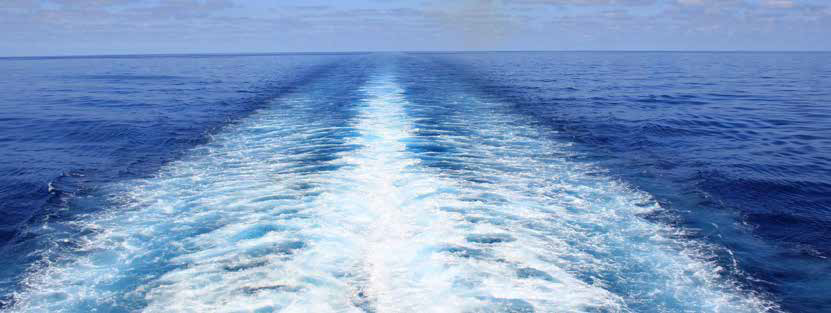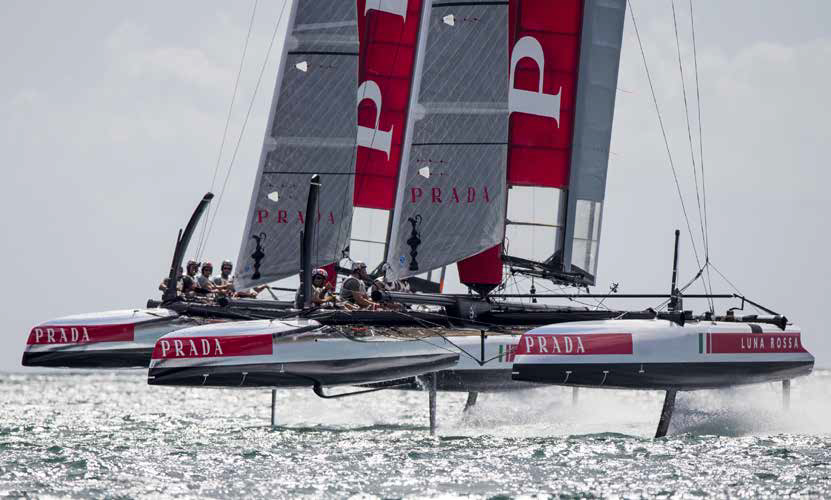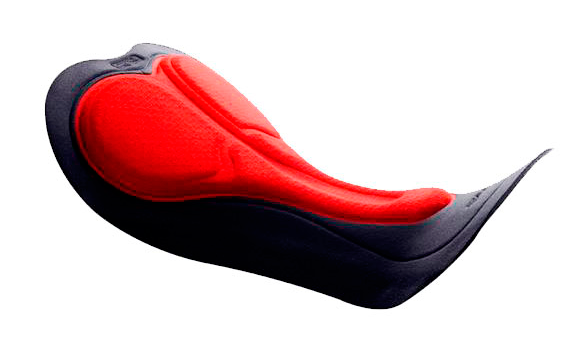Propeller design by means of multiobjective optimization: CP propeller test case
Validatipon of the results by means of an experimental campaign carried out at Genoa University Cavitation Tunnel
Newsletter EnginSoft Year 13 n°1
By S. Gaggero & M. Viviani | Department of Electrical Electronic, Telecommunication Engineering and Naval Architecture (DITEN), Genoa University, Genoa, Italy
D. Bertetta | Naval Architecture Department, Naval Vessel Business Unit, FINCANTIERI S.p.A., Genoa, Italy, formerly Genoa University
S. Brizzolara | MIT-iShip, Innovative Ship Design Lab, Department of Mechanical Engineering, Massachusetts Institute of Technology, formerly Genoa University
L. Savio | Ship and Ocean Laboratory, MARINTEK (Norsk Marinteknisk Forskningsinstitutt AS), Trondheim, Norway, formerly Genoa University

Propeller design by means of multiobjective optimization



